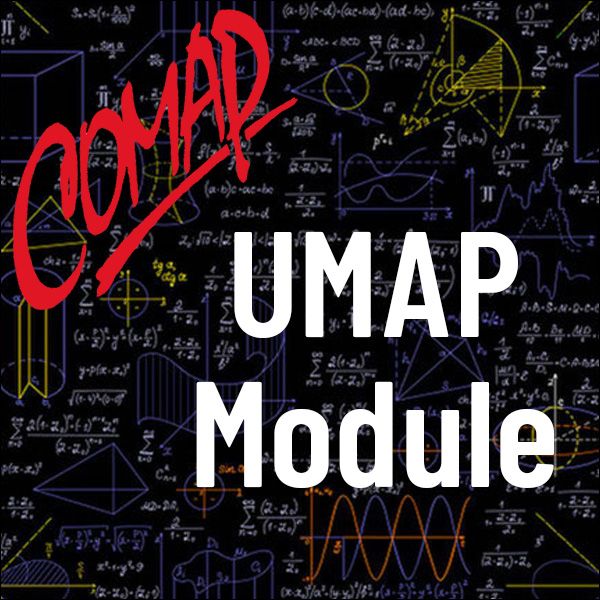Motion of Artificial Satellites about the Earth (UMAP)
Author: Yue-Kuen Kwok
This module guides the readers through the analytic methods of determining the shape of the orbit and the period of revolution of an artificial satellite about the earth. It also discusses the various cosmic velocities of launching a satellite. The description begins with the governing physical laws for the motion of a satellite and approximations made to simplify the analysis. The dynamic equations for the motion are set up, which are then integrated to derive the conservation laws of energy and angular momentum. The orbital path is associated with the general form of a conic section and it is shown that if the satellite were to remain in the orbit the shape of the orbit must be elliptic. The emphasis is on the close interaction of the physics of the motion and the corresponding mathematical analysis. Throughout the module Kepler's three laws of planetary motion are related at various stages of the analysis.
Table of Contents:
PHYSICAL LAWS FOR THE MOTION OF AN ARTIFICIAL SATELLITE
History of Artificial Satellites
Kepler's Laws
Newton's Law of Universal Gravitation
Launching of an Artificial Satellite
Approximations Made in the Analysis of Satellite Motion
DYNAMIC EQUATIONS FOR THE MOTION
Two Bodies Problem
Units of Measurement
Conservation Laws
THE ORBITAL PATH, PERIO OF REVOLUTION AND COSMIC VELOCITIES
Orbital Path
Period of Revolution
The Cosmic Velocities
SUMMARY
FURTHER EXERCISES
ANSWERS TO THE EXERCISES
REFERENCES
ABOUT THE AUTHOR

Mathematics Topics:
Application Areas:
Prerequisites:
You must have a Full Membership to download this resource.
If you're already a member, login here.